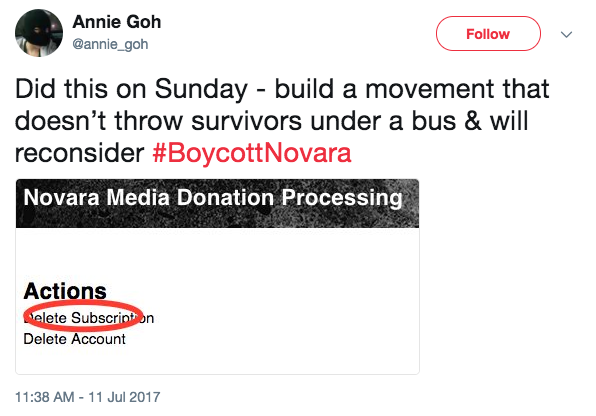When you pay close attention to the way people use bumper stickers in the United States right now, it becomes apparent that they usually serve a countercultural purpose. Because the perception of which culture needs to be countered varies widely, however, it is emphatically not the case that a coherent counterculture, whether left or right-wing, can be discerned from them. Many people use their vehicles to expressly problematize stereotypes. Indeed, for all of the prejudices that divide Americans, it is still possible to discern an underlying continuity in the at-times-perverse individualism that underpins most collective political investments.
Take this truck. No matter where you are in the country, pick-ups are likely to inspire confidence in conservatives and doubt in their opponents. While plenty of people with progressive leanings drive them, particularly in rural areas, it seems like almost everyone who is a hard-core Republican wants one. Add in the fact that this particular truck is sporting a Texas license plate, and it’s not hard to imagine someone from the Left overcome by a feeling of dread at the first sight of all those bumper stickers.
For someone who knows a little bit more about pick-ups, though, this perception would seem misguided, since this particular make and model, the Toyota Tacoma, is one that is favored by liberals far more than the hulking diesel Fords, Chevys and Rams with which Neo-Good Ol’ Boys flood rural highways. In some quarters, driving a Tacoma instead of a closed SUV or minivan can be a statement of defiance, a way of saying, “It’s my culture, too!”
Stopped behind this vehicle at a red light, it would be difficult to examine more than a few of its plethora of bumper stickers carefully. But even the sped-up analysis required in that setting is likely to reveal some surprising complications in the owner’s messaging. To give one example, these days, as the Baby Boomers who fought in Vietnam reach retirement age, the “Hanoi: Free Our Boys” and “Welcome Home POWs” stickers that are on the center of the tailgate typically accompany the National Rifle Association’s logo and, since most people with lots of bumper stickers let them accumulate over a period of years, frequently anti-Obama slogans we well. While there is a sticker with the “Not My President” declaration that rapidly spread during the divisive Democrat’s years in the White House, the fact that it lies opposite an “Uppity Women for Hillary” sticker and above one reading “Namaste Y’all” strongly suggests that it is targeting Donald Trump rather than his predecessor.
More than the vast majority of heavily stickered vehicles, this Tacoma indicates that its owner thought about the decoration process with care. On the camper shell above the tailgate, a “Fear Bubba” sticker often seen on the pick-ups of conservative white men is positioned in the same place on the right side where a “Pro-Child, Pro-Choice” one is found on the left, the two of them further balanced by the “Let Peace Be With Me” sticker in the middle of the shell, equidistant from the other two. And the “When In Doubt, Whup It out” sticker in the center of the tailgate not only communicates the saying’s standard and contradictory double meaning — go through the motions of showing respect for someone just in case they literally or figuratively outrank you or pull down your pants, as a man, to test whether a woman is into you — but also implies a third one, relative to the other stickers, indicating that the owner is a feminist: speak up or risk, as another sticker cautions, sinking into a state of mind where “apathy is consent.”
A person who doesn’t spend a lot of time on the road, necessarily paying attention to surrounding vehicles, might not understand how meaningful an intervention one stickered like this pick-up can be. But just think for a moment about the number of drivers who could potentially find out the limitations of the stereotypes they hold just by having to ponder what the owner of the Tacoma is seeking to communicate. No, this sort of DIY semiotic provocation is not the same as reflecting upon a detailed personal narrative or studying a data-driven political analysis of people who don’t easily fit into pre-fab demographic categories. In a culture where the traditional practice of reading seems to be increasingly at risk, though, with yesterday’s short-form journalism now regarded as hopelessly long-winded, it might constitute our best hope for escaping the virtual echo chamber of social media and connecting with people we otherwise would be unlikely to speak with.
Photograph courtesy of Oliver Sheppard. All rights reserved.





